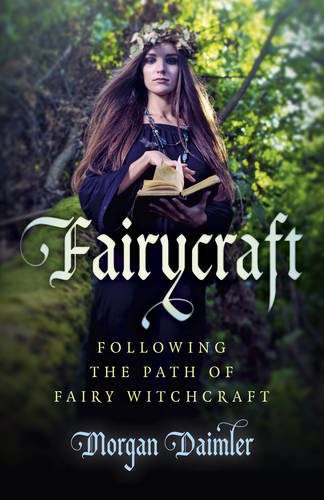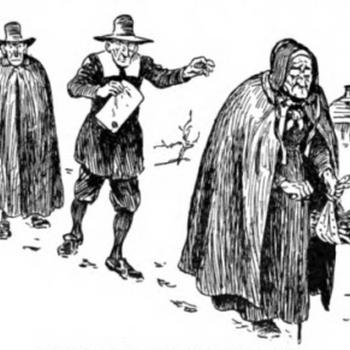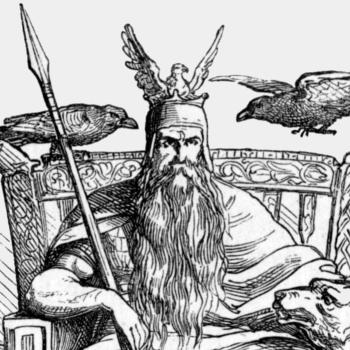 Morgan Daimler, Fairycraft: Following the Path of Fairy Witchcraft
Morgan Daimler, Fairycraft: Following the Path of Fairy Witchcraft
(Moon Books, released 1 Jun. 2016)
Those familiar with Morgan Daimler have probably come to expect certain things from her works: Good research, informative and practical content, and clear, engaging writing. Her newest release, Fairycraft: Following the Path of Fairy Witchcraft, meets all these expectations.
In Fairycraft, Daimler outlines the basics of witchcraft and Paganism rooted in the fairy faith. Essentially, she combines modern Neopagan witchcraft paths with old folklore surrounding fairies. It’s a veritable treasure chest of information, including detailed descriptions of various kinds of fairy from Celtic, Viking and other European traditions, but perhaps even more notable is the quantity of material that practitioners can put to use straight away: Guidance on how to approach the fae, advice on offerings, templates for fairy-based rituals, guided meditations, and the usual lists of herbs, stones etc. For veteran witches much of this will be well-trodden territory, but Daimler is careful to always relate these parts back to the specifics of the Fairy so they retain a feeling of freshness.
What’s also refreshing about Fairycraft is Daimler’s unhesitant approach to the darker aspects of magic. She stresses more than once that fairies are absolutely not the benign creatures of modern day children’s picture books, and as such working with them can be dangerous business. Just as she acknowledges that fairy nature is neither good nor evil, she takes this “grey” approach to magic work as well, and as such she gives details on certain acts that might be interpreted as in violation with the Wiccan Rede (and as Daimler says, she isn’t a Wiccan). Another aspect that I love about Fairycraft, and one that’s common to Daimler’s works, is its careful balance between presenting carefully researched topics with real emotional and personal experience. It gives the text both persuasiveness and individuality.
I am personally quite interest in fairy lore, especially in how it relates to the concept of kami in Shinto; it is my belief that kami and fairies are very much one and the same thing in essence, and some of the ideas expressed in Fairycraft supported this idea, to my delight. I’m pretty sure that anyone else with even a passing interest in fairies, and especially working with them within witchcraft, is going to get a lot out of this book, and even those who have not really given fairies much thought will find something of interest. Easily accessible for beginners but still meaty enough for experienced workers, Fairycraft is an excellent all-rounder. Once again, Daimler proves herself to be one of the most exciting and convincing Pagan writers of the times.
















